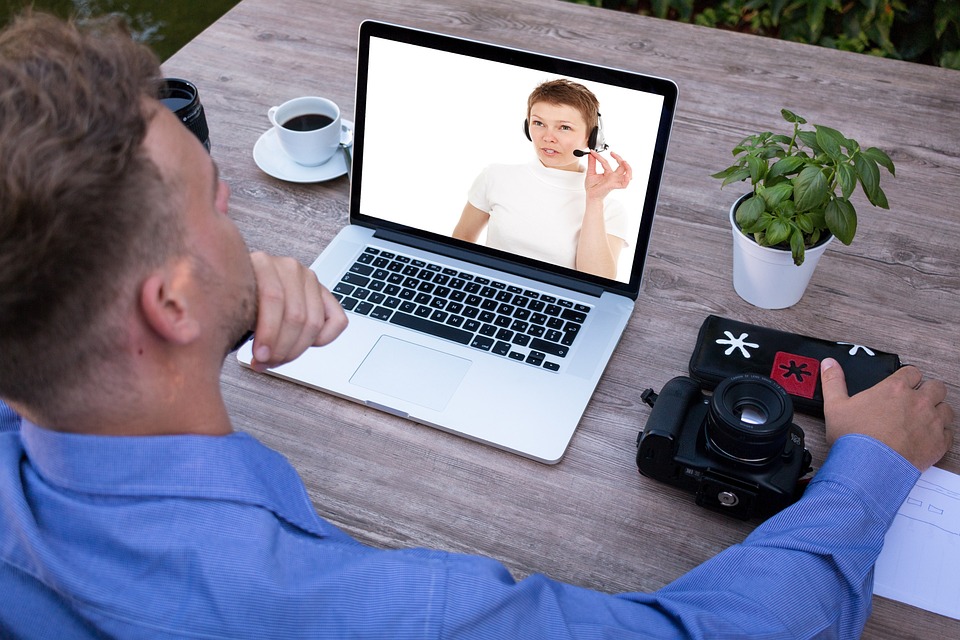One of the largest groups of workers seeking occupational therapy treatments are those with desk jobs. Doctors say “gravity always wins,” meaning, if you stay in one position for a long time, eventually gravity will pull you down, and the same principle applies when you sit at a desk all day.
As a person sits at a desk for a prolonged period of time, several things will occur. Shoulders become rounded and your head starts to fall forward. Over time, this leads to increased tightness in the neck and chest muscles, as they compensate to try and keep the head elevated. This will eventually result in pain and stiffness. This also leads to weakness in the upper back muscles.
Sitting for a long time also affects our lower body. It causes a person’s lower back to become rounded, and just like in the upper body, muscles try to compensate for this rounding of the lower back. A rounded back also places extreme stress on a person’s spine, especially the inter vertebral discs. In fact, flexion-based postures are most commonly associated with disc herniation. It will not always result in herniation’s, but there is a risk.
The 50-Minute Mark
Most people become so engrossed in their work they discover it’s been hours sitting at their desk. Occupational therapists recommend standing up every 50 minutes, and set an alarm if you must. Standing up, combined with stretching your arms to the ceiling is a quick way to help fix some postural defects, and it puts your body back into alignment. Not only does this help get you out of that bad posture, but it will also get blood flowing to your extremities. And when it comes to occupational therapy treatments, therapists also recommend a daily stretching regimen.
Desk jobs are not the only culprit to problems with posture. Experts now point to mobile devices. Studies confirm that prolonged use of smartphones and tablets affect posture and respiratory function. They can be horrible for posture because of the position of your head, shoulders and back. Hunched over, head forward, and shoulders extremely rounded to look at the screen are not the optimal positions, and often give people “text neck.”
Doctors say stop slouching. Sitting up straight when looking at your mobile device is all you need to do in order to correct this “text neck.” Act as if you’re taking a picture when using your phone. The position can be awkward, but when you bring the device up to eye level, it places your neck and shoulders in the correct position and there’s an immediate improvement.
Experts say daily stretching, and walking can help you perform better every day, without the pain. It’s the easiest way to keep your body in balance.







